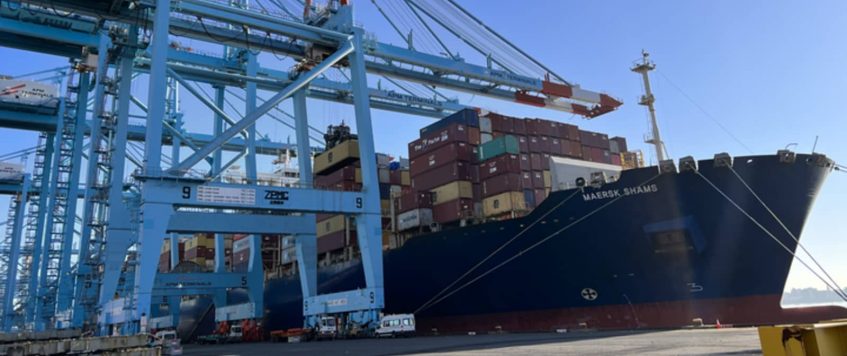-
14
Nov
Shipping Industry Faces Potential $10 Billion Annual Loss by 2050 Due to Climate Change Challenges
The Mississippi River, a crucial artery for U.S. commerce, has been experiencing severe drought conditions leading to significantly lowered water levels. This has caused ships to run aground, prompting the U.S. Army Corps of Engineers to intervene with a dredge ship near Vicksburg, Mississippi, to remove silt and maintain navigability. The impact of these low water levels is substantial, with the chief of navigation for the corps highlighting the potential major financial repercussions.This situation is part of a broader challenge facing the shipping industry, increasingly affected by climate change. For instance, the Panama Canal, another key shipping route, had to limit the number of ships passing through due to drought conditions, creating substantial supply chain backlogs. This action, repeated in the summer and at the end of September, echoes a similar situation in 2019, which had a $370 million impact on global shipping.
In the U.S., record low water levels in the Mississippi River in 2019 severely disrupted the transport of agricultural goods, leading to approximately $1 billion in losses. Additionally, in October 2021, a rare “bomb cyclone” off Vancouver Island, Canada, resulted in 109 containers being washed overboard.
Maersk, the world’s second-largest container ship company, acknowledges the significant threat that climate change poses to the shipping industry and global supply chains. Narin Phol, Maersk’s president for North America, emphasizes the ongoing disruptions and the interconnected nature of shipping and global trade.
Approximately 90% of traded goods are transported by water, with maritime trade volume expected to triple by 2050. This increase comes at a time when shipping is facing heightened risks from various climate-related events, including tropical storms, inland flooding, sea level rise, drought, and extreme heat. The impacts on ports alone could cost the shipping industry up to $10 billion annually by 2050, and up to $25 billion per year by 2100.
Shipping, while crucial, has been slow in reducing carbon emissions. In response to these challenges, Maersk unveiled its first containership powered by green methanol in September, which emits less carbon dioxide than traditional vessels. However, green methanol is both expensive and scarce, indicating a significant shift that will require time and investment.
Hakan Agnevall, CEO of Wartsila, a global technology and energy company, notes that while the technology for greener shipping is available, the transition requires substantial investment in green fuel production and infrastructure. The international shipping industry only recently agreed to a net-zero goal by 2050, which, although a significant step, still falls short of the targets set by the Paris Agreement.
To adapt to these challenges, the industry is focusing on resilience and strategic planning. Maersk is redesigning its ships and improving weather-monitoring systems, while Wartsila is leveraging artificial intelligence and digital solutions to integrate weather forecasts, climate data, and logistics information. These efforts aim to enhance planning and routing efficiency in the face of increasing uncertainty and climatic disruptions.

